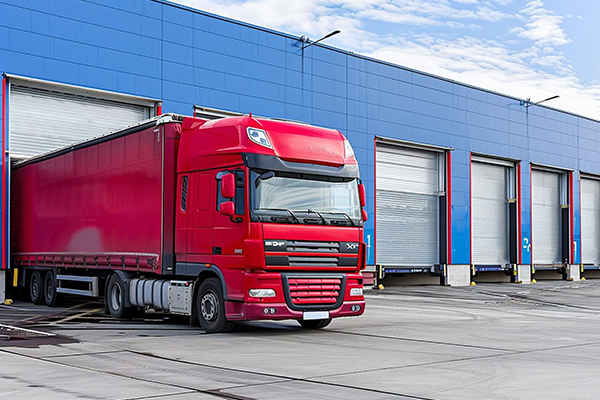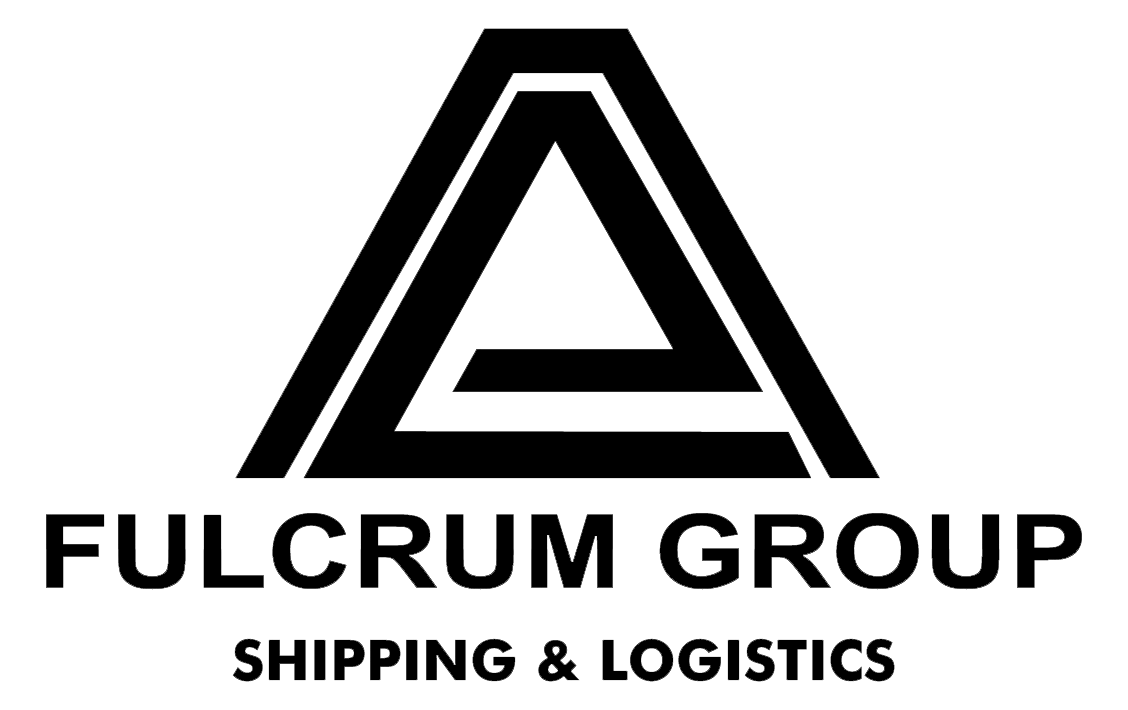
Cross Docking
Cross-docking is the practice of unloading goods from inbound delivery vehicles and loading them directly onto outbound vehicles.
There are various factors that should be considered when making a decision to implement cross-docking into an organisation. Every organisation has their priorities in terms of costs, warehouse space, and product types.
Cross-docking has both its advantages and disadvantages.
The following are the advantages of cross-docking:
- Reduces Material Handling
- Reduces the need to store products in warehouse.
- Reduced Labour costs
- Reduced time to reach customer.
- Products are moved quickly through cross-docking.
- Elimination of processes like “pick location” and “order picking”.
- Cross docking terminals are less expensive to construct than your actual warehouse.
On the other hand, here are the disadvantages of cross-docking:
- Some suppliers would not be able to deliver customer-ready products to the cross-docking terminal.
- There should be sufficient number of transport carriers for the cross-docking terminal to run smoothly, therefore it is mainly dependent on trucking.
- A high volume of product is necessary to be cost-effective.
- A lot of management attention, time and planning is necessary to make it work effectively.
Categories
Recent Post
-
Navigating Global Trade with Confidence: Why International Sea Freight Services Matter
-
Reliable and Scalable Transport Services in India
-
Streamline Your Global Shipping with Expert Sea Freight Forwarding Services!
-
Experience the Advantage of Comprehensive Global Air Freight Services.
-
Seamless Warehousing & Logistics Services That Power Your Supply Chain

